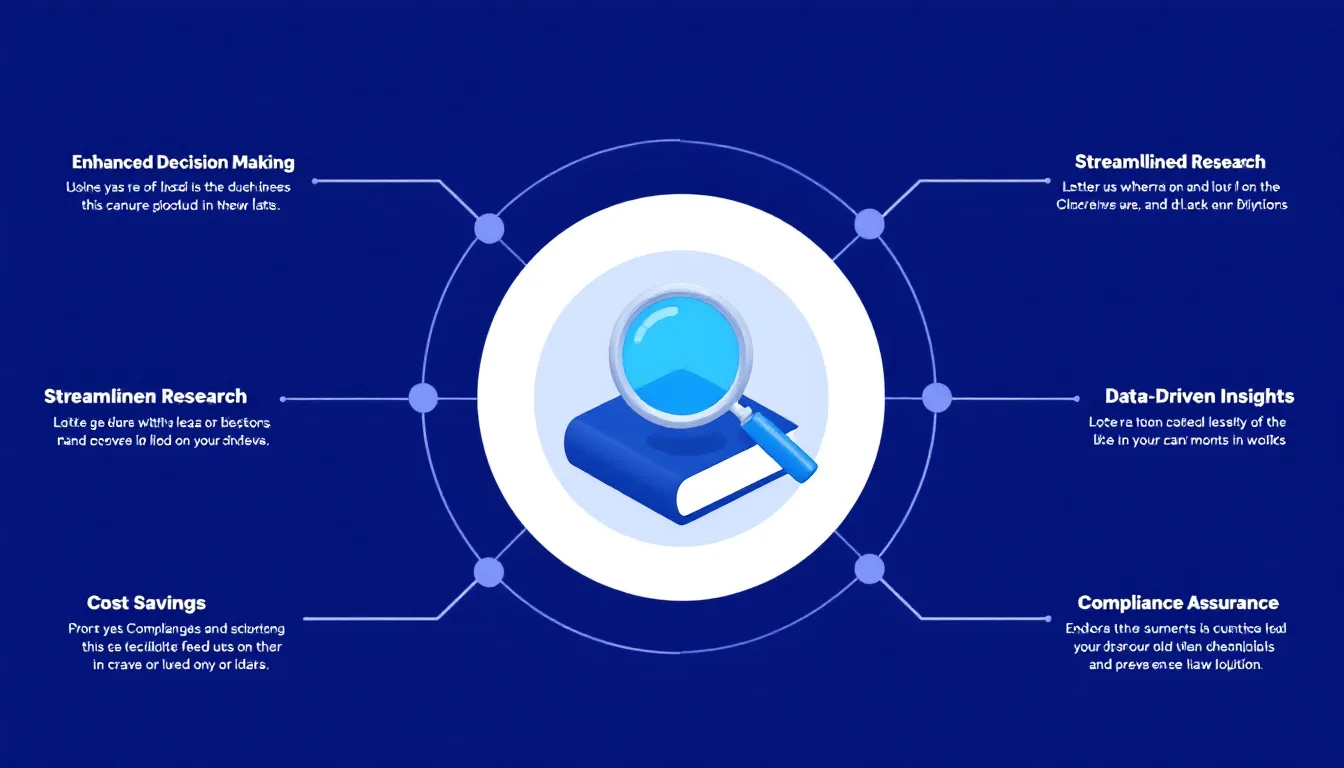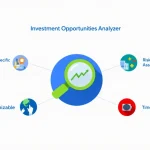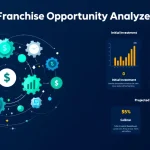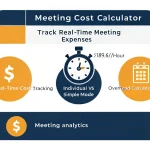Legal Trends Analysis
Analyzing trends...
Is this tool helpful?
How to Use the Legal Trends Analysis Tool Effectively
The Legal Trends Analysis Tool is designed to help you uncover emerging patterns and shifts within specific legal fields. To maximize its usefulness, follow these steps when completing the input fields:
- Specific area of law to analyze: Enter the specialized legal domain you want insights on. For instance, use “data privacy law” or “maritime law” rather than broader terms.
- Time period for emerging trends (Optional): Define the timeframe that interests you, such as “past 10 years” or “next 5 years”, to focus the trend analysis within a relevant era.
- Geographic area of focus (Optional): Specify the jurisdiction or region for analysis, like “South America” or “California”, to filter trends within a particular legal landscape.
- Specific aspects or sub-areas to focus on (Optional): Highlight particular elements or issues within your chosen law area, for example, “cross-border e-discovery” or “renewable energy regulations”, to tailor the insights.
After entering your inputs, simply click the Analyze Legal Trends button to generate a detailed, data-driven report that highlights key developments and emerging shifts in your selected legal domain.
Engaging Introduction to the Legal Trends Analysis Tool
The Legal Trends Analysis Tool is an advanced web-based resource that leverages artificial intelligence and extensive legal data to help professionals, researchers, and students discover emerging trends in specific areas of law. Whether you’re a practicing attorney, academic, or policy analyst, this tool streamlines complex legal research by delivering clear, concise reports tailored to your focus.
Purpose and Key Benefits
- Efficient Research: Transforms hours of manual data mining into actionable reports within minutes.
- Early Trend Identification: Detects nascent legal developments before they become mainstream.
- Customized Insights: Allows users to focus on specific jurisdictions, timeframes, and subtopics for relevant results.
- Informed Strategic Planning: Supports smarter decision-making with data-backed trend forecasts.
- Competitive Edge: Keeps legal professionals ahead by continuously monitoring the evolving legal landscape.
How the Tool Works
Powered by cutting-edge AI algorithms and vast repositories of court rulings, statutes, and secondary literature, the tool synthesizes diverse legal data sources to highlight influential trends. It scans recent legislative changes, judicial opinions, scholarly articles, and regulatory developments, presenting a cohesive picture of key shifts relevant to your chosen legal focus.
Practical Usage and Examples of the Legal Trends Analysis Tool
Example 1: Cybersecurity Law Developments
- Area of Law: Cybersecurity law
- Time Period: Past 7 years
- Geographic Focus: European Union
- Specific Focus: Data breach notification regulations
The tool generates a detailed report revealing trends such as intensified regulatory scrutiny on data breaches, evolving standards for notification timing, and increased penalties for non-compliance. Legal teams use this insight to update compliance protocols and advise clients on emerging legal risks.
Example 2: International Trade Law Insights
- Area of Law: International trade law
- Time Period: Upcoming 5 years
- Geographic Focus: Asia-Pacific region
- Specific Focus: Tariff policy changes and dispute settlements
This analysis highlights anticipated shifts in tariff frameworks driven by geopolitical tensions and trade agreements, along with predicted trends in dispute resolution mechanisms. Businesses leverage these insights to adjust supply chain strategies and legal risk mitigation plans.
Example 3: Employment Law and Remote Work
- Area of Law: Employment law
- Time Period: Last 3 years
- Geographic Focus: United States
- Specific Focus: Remote work regulations and employee rights
The generated report uncovers critical changes in workplace regulations prompted by the rise of remote work, including new guidelines on employee privacy and workplace safety. HR and legal departments use this information to align policies with current legal standards.
Additional Practical Applications
- Monitoring legislative developments in emerging legal fields like AI ethics, space law, or biotechnology regulation.
- Supporting academic research and policy analysis with comprehensive trend data.
- Informing mergers and acquisitions with up-to-date compliance risk evaluations.
- Customizing legal education curricula based on evolving jurisprudence patterns.
Summary
The Legal Trends Analysis Tool is a powerful, user-friendly resource that enriches legal research by offering tailored insights into emerging trends, grounded in extensive data analysis. By specifying your legal area, timeframe, geographic focus, and particular interests, you can generate reports that help you stay informed, make strategic decisions, and maintain a competitive advantage in today’s dynamic legal environment.
Important Disclaimer
The calculations, results, and content provided by our tools are not guaranteed to be accurate, complete, or reliable. Users are responsible for verifying and interpreting the results. Our content and tools may contain errors, biases, or inconsistencies. Do not enter personal data, sensitive information, or personally identifiable information in our web forms or tools. Such data entry violates our terms of service and may result in unauthorized disclosure to third parties. We reserve the right to save inputs and outputs from our tools for the purposes of error debugging, bias identification, and performance improvement. External companies providing AI models used in our tools may also save and process data in accordance with their own policies. By using our tools, you consent to this data collection and processing. We reserve the right to limit the usage of our tools based on current usability factors.







